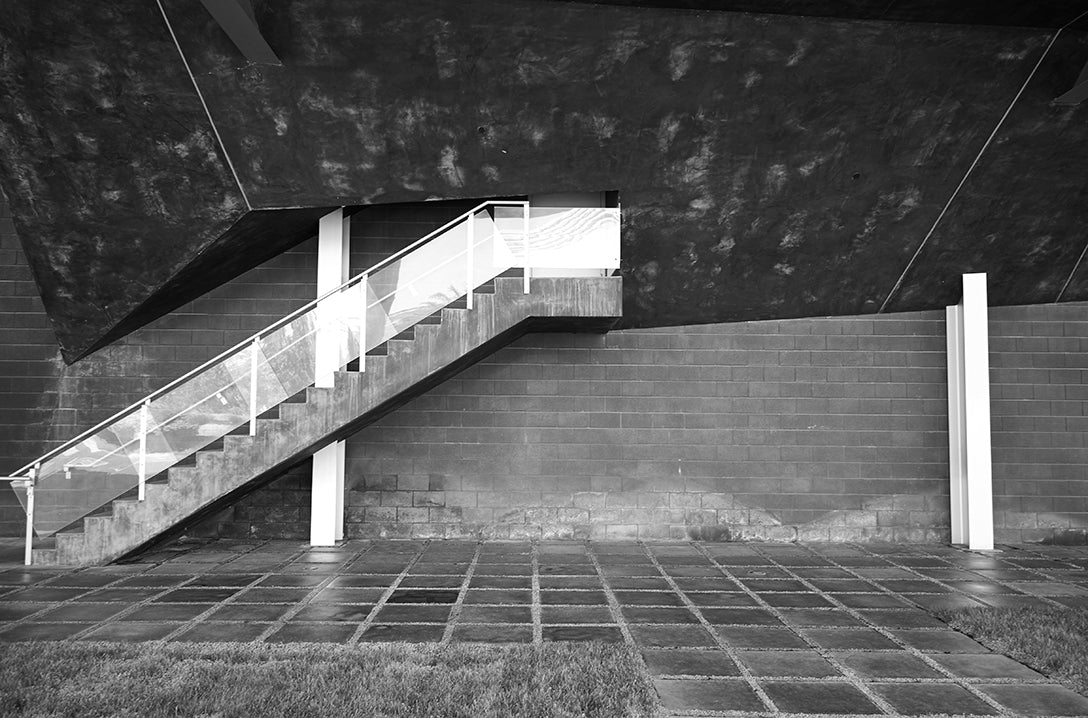The use of black and white photography is often reserved for serious subject matter. I am thinking of a magazine clipping — from my parents’ Newsweek, I believe; yes, ours was a populist liberal household (wait how is that not a thing, one of those combinations of syllables and sounds from different words, like Bennifer or Soho or smog or bobo) — taped to the kitchen wallpaper, a black and white image printed on cheap magazine paper, of a man in a suit standing over a grave, weeping, his head in his hands, a cello resting against his chest as if its music could no longer provide solace; a somber picture quite, a bit theatrical perhaps but still...well, heavy on symbolism as they say. I believe the subject was a mourner of the Balkan wars, a conflict so much easier to put aside than this generation’s War on Terror, those were simpler times, the early 90s, prattle on, prattle on.


To begin again: the ostensible absence of color in images communicates (on the surface at least) a wink to the past, a reference to the technology of the medium, a point in its infancy when professionals could only present their images to the public in black and white. One of the many fascinating dualities of photography is that it can simultaneously capture a moment in time and a movement through time. Now black and white photography is a selection, a choice — what once held power over you, you can now brush or swipe aside; or more optimistically, what was once a constraint is now an opportunity, an exploration — and with that choice, decided on the shoulders of the choices of so many photographers who came before you, it now appears as a weight, a stillness, a cue that it is time for the viewer to lean in, gaze, reflect, for our mixed up modern day Narcissus. This is something somber, important, tragic maybe; it has GRAVITAS. Everyone chooses Willow or Inkwell for a reason.




These optimized-for-web photos are, for all intents(ive) and purposes, aiming for the same vein. Lean in to your glowing screen, gaze, reflect. Image is iconography, iconography is image; art and religion have a complicated relationship. What is holy and what is wholly moving? What provides wonder? Yes, Art (with a capital A) is such sweet solace, and architecture, ah architecture, the frozen music, as Goethe said or wrote. These images are surface and documentary; but get the right time, the right place, the right professional, and this shit goes deep. These images of Hayden Tract — by the way, you should read about it somewhere, it really is something else; actually this piece was originally intended as an appreciation for Eric Owen Moss and Samitaur and their fascinating plot of land so close to so many of you — depict a beauty and maybe a little terror, but regardless, a captivating strangeness, something real and yet unreal, a possible future. Then back to the surface of this closed loop: these images depict an in-between, as in the million shades of gray in-between, but they’re not really shades are they, unless you’re comparing paint chips or Pantone swatches; they’re more like blurs, or pillows, or edges, or daggers, a metaphor so tied to the light in which it is illuminated or obscured.




And those metaphors are built around you, they are things you can see and touch in the City of Angels, or Culver City, or whatever, or wonder where: that tract of land just beyond your everyday life, your path through this life, terra incognita, but there, there if you go for it. Go West, young man, young woman. Step away from the glow of your screen in black and white and explore the future in color.



